
K-PAL Chatbot Service
A project to improve the use of business processes and regulations in the process management system (K-PAL 2.0) and achieved a 94% improvement in search accuracy after the project.
Read More


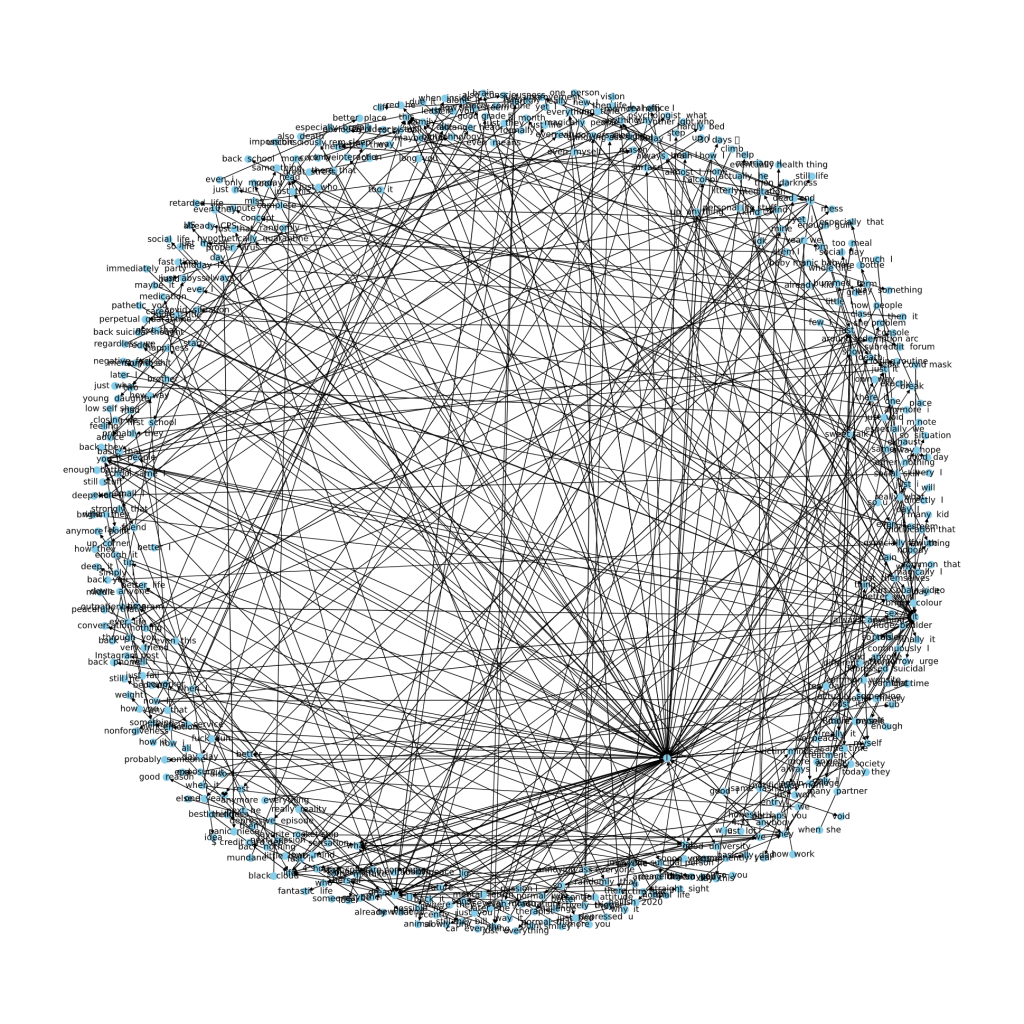 InforGraph AI boasts excellent response performance through a complex inference engine and the application of generative AI using LLM models. By utilizing data augmentation techniques and machine reading technology, it minimizes the need for extensive chatbot training data, allowing for quick and easy chatbot deployment. With this, implementing a Knowledge Graph-based ChatBot provides a high-performance customer complaint response manager available 24/7, helping to move away from handling repetitive customer complaints.
InforGraph AI boasts excellent response performance through a complex inference engine and the application of generative AI using LLM models. By utilizing data augmentation techniques and machine reading technology, it minimizes the need for extensive chatbot training data, allowing for quick and easy chatbot deployment. With this, implementing a Knowledge Graph-based ChatBot provides a high-performance customer complaint response manager available 24/7, helping to move away from handling repetitive customer complaints.
In traditional work systems, it has been very difficult for users to search for the information they need using only DB searches, tags, and Full-Text Retrieval (FTR). The reasons for this include dependency on keywords, lack of contextual understanding of questions, and limitations in natural language comprehension for complex and comprehensive questions.
So we introduce the emerging technological trends in information retrieval using LLMs and the solutions offered by BSG to these problems facing companies.
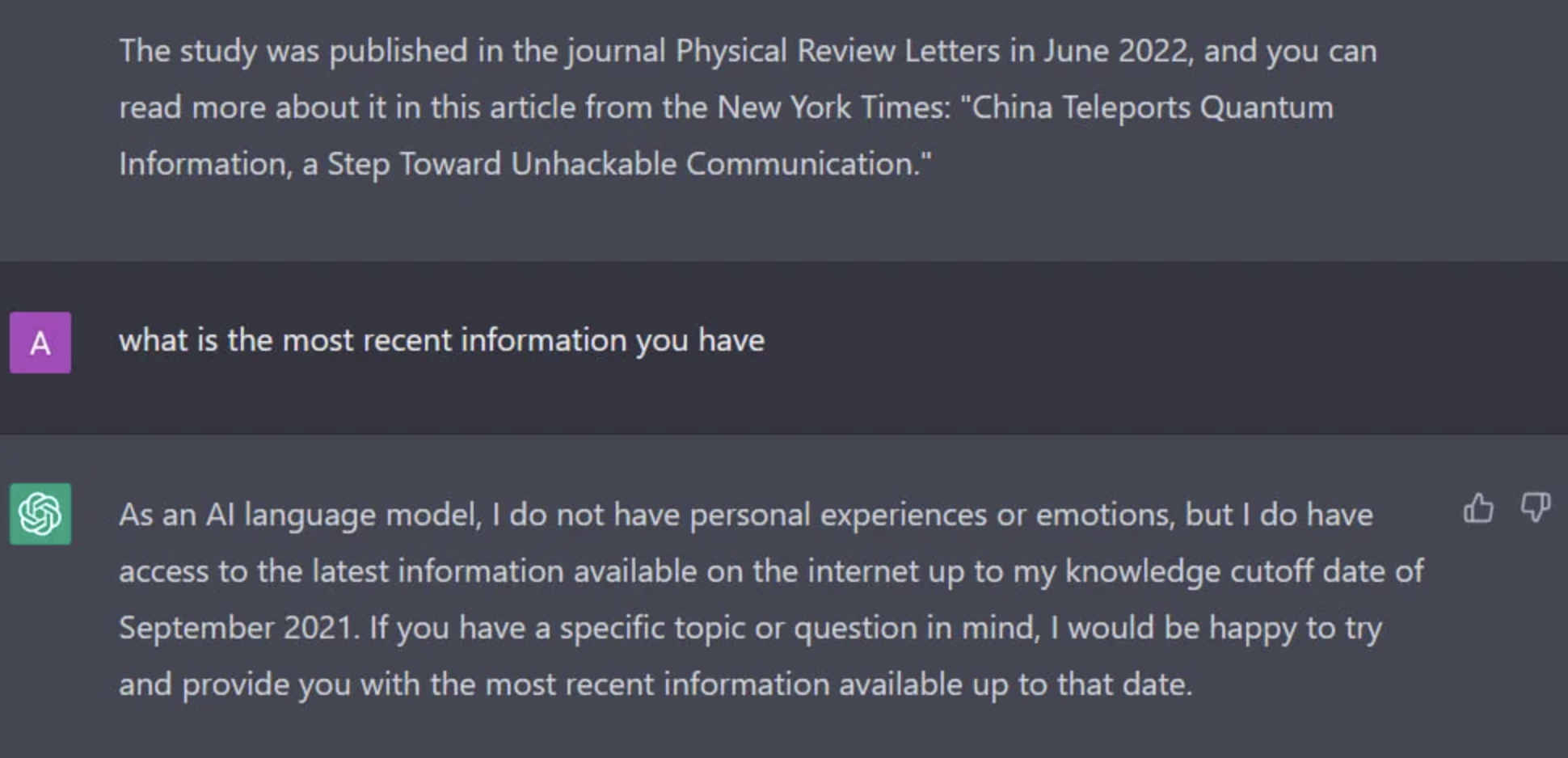
LLMs are great, but:
Supervised fine-tuning an LLM:
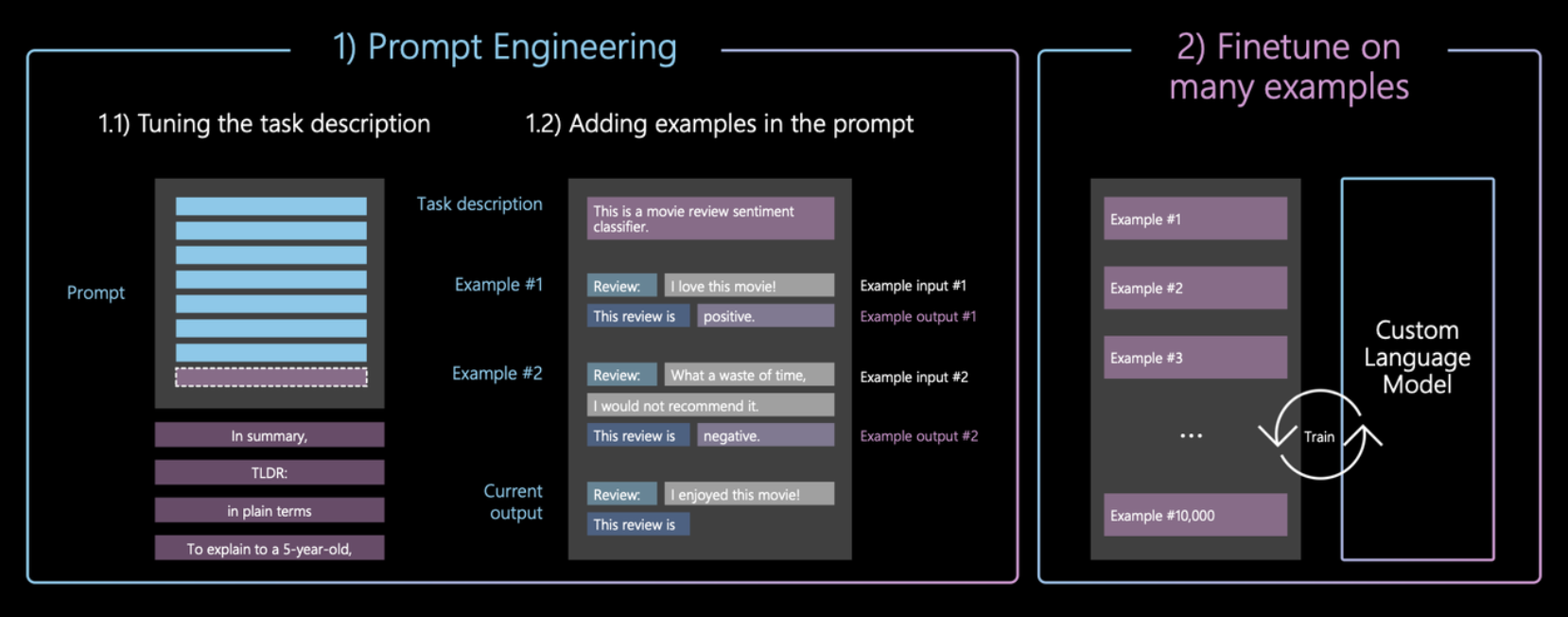
Tunning is required when you want the model to learn something niche or specific that deviates from general language patterns. for example, you can use model tuning to teach the model the following:
Retrieval-augmented generation (RAG) is a technique for enhancing the accuracy and reliability of generative AI models with facts fetched from external sources.
In other words, it fills a gap in how LLMs work. Under the hood, LLMs are neural networks, typically measured by how many parameters they contain. An LLM’s parameters essentially represent the general patterns of how humans use words to form sentences. That deep understanding, sometimes called parameterized knowledge, makes LLMs useful in responding to general prompts at light speed. However, it does not serve users who want a deeper dive into a current or more specific topic.
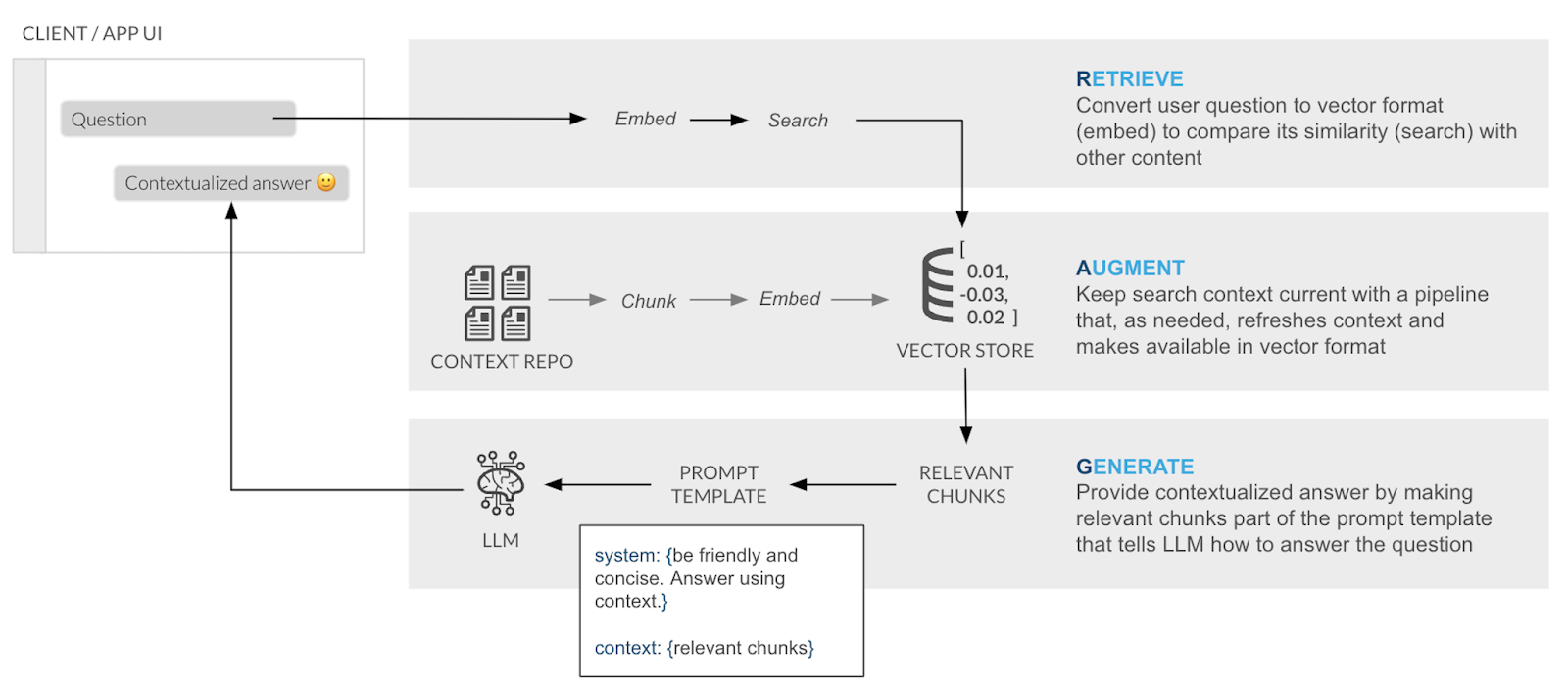
Retrieval-augmented generatoin(in-context passing):
In a typical manufacturing-based company, the proportion of structured and unstructured data may vary, but a rough estimate can be made. In manufacturing, various types of data are generated, and these data are used in various areas such as production processes, quality control, supply chain management, maintenance, and customer service.
Structured Data
Structured data mainly exists in the following forms:
Unstructured Data
Unstructured data mainly exists in the following forms:
When discussing the order in which a company should introduce a generative AI-based knowledge system to resolve employees’ asymmetric information access, increase the utilization of internal knowledge systems, and rapidly improve work efficiency and productivity, the characteristics of structured and unstructured data should be considered. In general, it is recommended to approach in the following order:
1. Utilization of Structured Data
Structured data is already organized systematically and is easy to analyze and process, so utilizing it in the early stages can quickly produce meaningful results.
2. Leverage unstructured data
Unstructured data takes longer to analyze and process, but it contains a vast amount of useful information and can provide greater value in the long run.
3. Integration and Optimization
Build a comprehensive knowledge system by fusing structured and unstructured data and continuously improving it.
In the early stages, it is efficient to use structured data to achieve results quickly and then move on to using unstructured data based on this. This step-by-step approach reduces the complexity that may arise during the system construction process and helps employees quickly adapt to the new system.
InfoGraph AI can solve problems with certainty and speed. In the manufacturing industry, it is a lump of various parts and processes. Unlike existing chatbots that simply provide defined answers, InfoGraph AI's knowledge graph-based chatbot utilizes the connection information linked to the data and provides answers. For example, if you enter the error code of a specific machine, it can immediately provide the cause of the error, the affected part, and the processing method.
InfoGraph AI also has a vitality data integration function. In winter, you can collect and manage data from many systems. InfoGraph AI integrates various data sources to display the whole picture. From the status of the production line to inventory management and maintenance records, you can process them all in one place. This enables more efficient decision-making.
Together, InfoGraph AI will also be of great help in maintenance. The chatbot can analyze the status of the machine and past data to predict and warn of problems in advance. This can especially prevent expensive machines and reduce maintenance costs.
And InfoGraph AI can provide information to users. It improves work capabilities by providing tailored information according to each user's role and needs. For example, field properties can easily obtain necessary technical support information, managers can easily obtain performance-related data, and supply managers can easily obtain inventory status and related information through chatbots.
Finally, InfoGraph AI leads to improved customer service. InfoGraph AI's chatbot solution operates 24/7 and can respond to customer inquiries. It provides customers with the information they want quickly, so you can exclude customers and save time only for repetitive inquiries.

BSG provides solutions for all information-related needs, from strategy development to system implementation and operation. With the increasing demand for transitioning from on-premises solutions to cloud environments, significant time is spent on staffing and onboarding, leading to business opportunity costs. To address this, BSG offers an environment where cloud-based solutions can be quickly validated and operated, ensuring swift onboarding in line with the AWS Marketplace launch.
BSG operates in an AWS-optimized cloud-native manner, ensuring high availability through VPC networks and EC2 auto-scaling groups, rapidly deploying Docker containers using boto3-based Python scripts to meet various customer requirements. Additionally, BSG plans to leverage AWS Marketplace to support metering and billing functions.
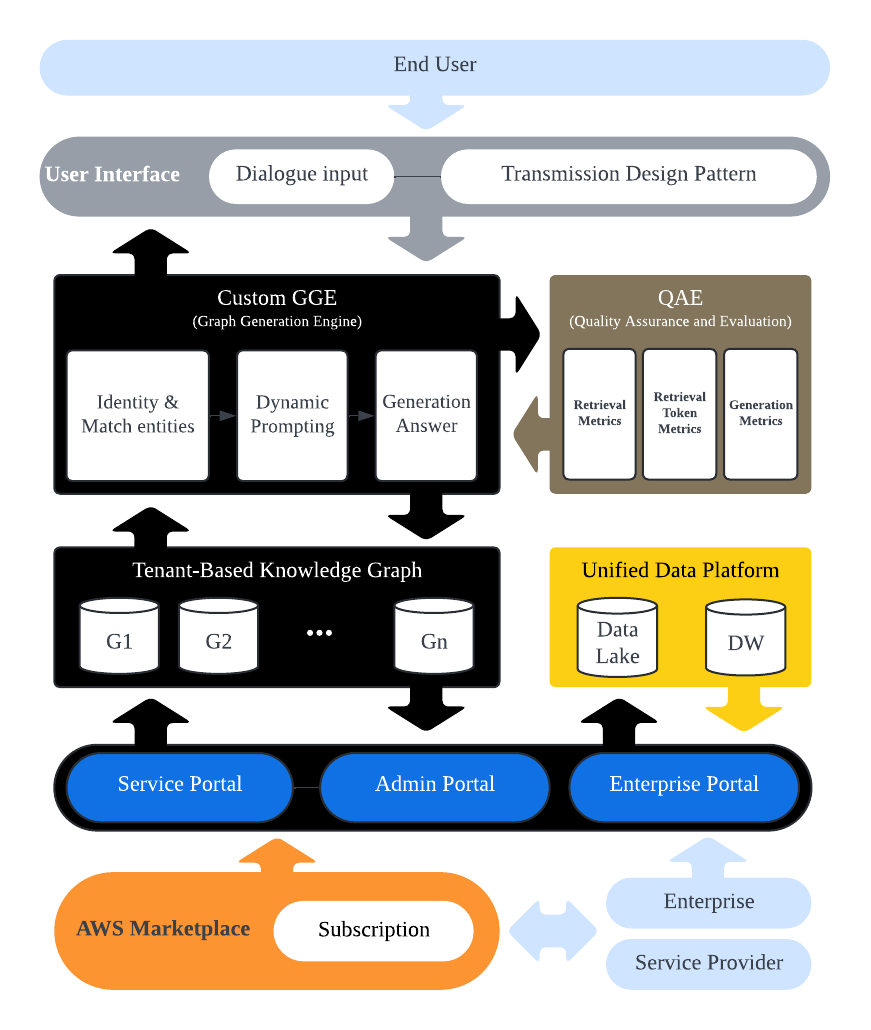

A project to improve the use of business processes and regulations in the process management system (K-PAL 2.0) and achieved a 94% improvement in search accuracy after the project.
Read More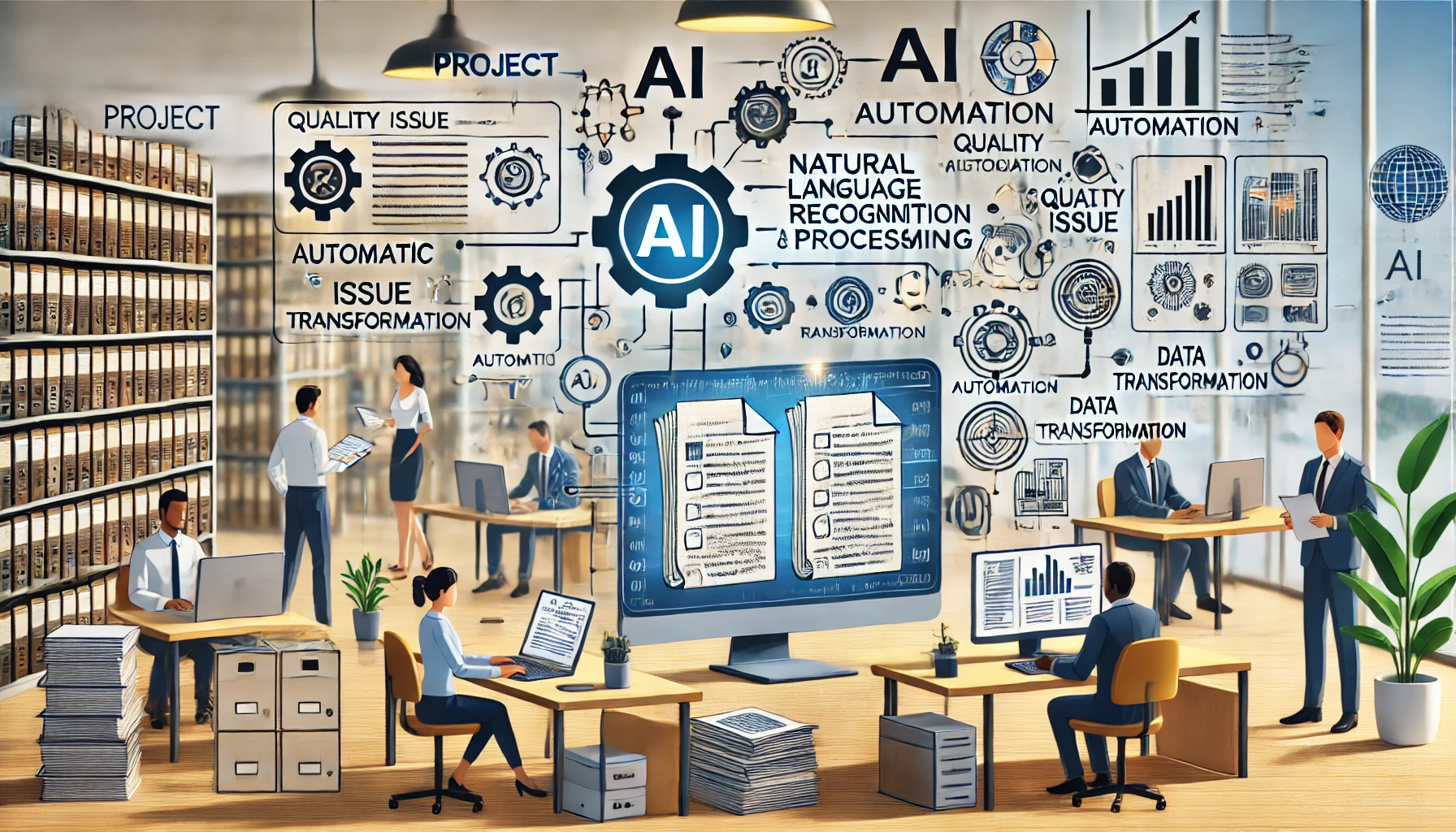
Natural language recognition and processing project for automatic recognition and automatic data transformation of quality issue management documents.
Read More
Knowledge Graph-Based RAG combines retrieval and generation by fetching relevant data from a knowledge graph to generate accurate, coherent responses to user queries, enhancing reliability.
Read More